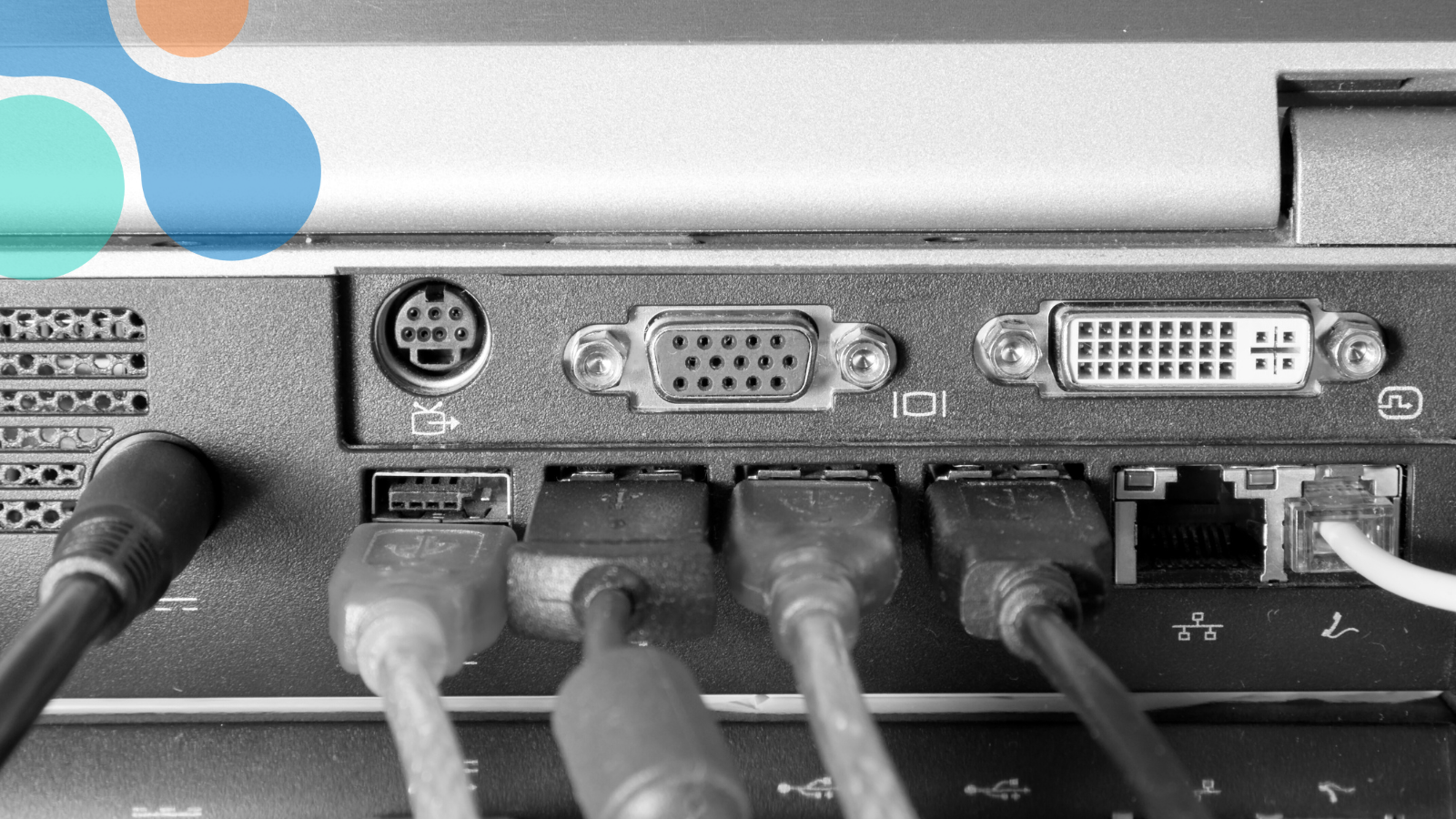%2520Goods_%2520Smart%2520Routing%2520Case%2520Study.jpeg)
We Got the (Digital) Goods: A Smart Routing Case Study
Key Takeaways
- Declined payments are a major driver of customer churn and dissatisfaction. Minimizing false declines leads to greater customer happiness and retained revenue
- Smart Routing allows merchants to automatically select the best gateway for the situation depending on the purchaser’s card, geography, and other factors
Payments Orchestration empowers merchants and platforms to take control of their payments stack, enabling new revenues via higher conversion and more flexibility to expand globally. While some enterprises with large dedicated payments engineering and data science teams can build their own Payments Orchestration solutions, others rely on agnostic third-party solutions. Companies of all sizes can take advantage of the many benefits of Payment Orchestration.
Smart Routing, a core component of any Payments Orchestration solution, enables merchants to boost their acceptance rates when working with multiple providers. Smart Routing determines, in real-time, the optimal processor based on card brand, card type, currency, and other factors. The goal is to drive more revenue and avoid frustrated customers that experience false declines.
For example, a global mass media and digital entertainment streaming service with tens of millions of monthly subscribers was seeking help with an important payments challenge: during the recent launch of a major entertainment streaming event, a service outage resulted in millions of USD in lost revenue. Their leadership team asked, how could they harden their payments infrastructure to ensure that such an episode would not be repeated? This is an example of where Smart Routing can help create a resilient payments infrastructure to prevent future revenue losses but also improve overall performance growth of the platform.
The Analysis
For the following analysis, we focused on merchants selling digital goods. With the rise in “at-home” goods and services, digital goods are certainly omnipresent in today’s e-commerce ecosystem. We define a digital good as any non-physical good that can be purchased or consumed online, such as e-books, music, video games, streaming video, digital subscriptions, and media.
As digital good companies mostly transact with customers through online channels, it’s even more important to focus on the online payment experience. The immediacy (often click to pay, followed by a short download) of buying digital goods raises consumer expectations around quick payment acceptance. Many digital good companies seek to expand into new markets quickly, making payments a key area of focus to accelerate international growth — often requiring multiple integrations with new providers. Lastly, digital goods companies are focused on maximizing payment acceptance rates to drive revenue, as false declines lead to customers spending less or moving to competitors after a payment decline.
The Data
The team analyzed 6.7 million transactions over a one month period of time — December 2020. Our team focused on December, as it’s peak shopping season and we felt it would give the best indication of the model’s performance. Seven merchants and platforms in the digital good industry were included in our analysis. We compared actual success rates against the hypothetical success rates we would have seen had the transaction used Smart Routing.
This represents a best-case scenario using the top performing active gateway linked to a customer’s Spreedly environment. Our model does not consider transactions that are retried at a later date (known as dunning). Additionally, success rates depend on a variety of factors including the merchant’s mix of card types (debit or credit), card brand, and geography to name a few.
Results
Success rates increased more than 4% overall. This acceptance rate boost equates to an average additional $12 million in sales, a significant missed revenue opportunity. Note that this result was only over a one month time period. Savings could amount to $144 million per year assuming consistent sales month-over-month, though it is likely that December sales are higher than average.
.png)
Clients 1, 2, and 3 saw a notable boost from Smart Routing. For the others, the success rate difference was not dramatically different. Clients with lower baseline success rates (excluding client 7, noted as an outlier) tended to benefit more. Client 1 gained an additional $30M over the month while Client 2 gained $2M.
For every legitimate transaction that fails, the merchant risks losing not just the revenue from the transaction but the loyalty and entire lifetime value of the customer. Payment decline is a major driver of customer dissatisfaction and churn. According to a research study put on by Javelin Strategy, 58% of customers decrease their future purchases or never come back after one of their cards is falsely declined. This is especially vital for a subscription-based industry where cards are charged monthly and the user does not need to take any action — until their card is declined which may prompt them to discontinue service. (Read more about the potential economic impact of declines in more detail.)
Bringing It All Together
Smart Routing allows customers to optimize their chances for a successful transaction on the first try. It introduces a real-time intelligence that would be nearly impossible to compute manually.
By relying on Payments Orchestration to intelligently route payments, digital good companies can focus on their core service and expand their business (with low marginal costs) without payments becoming an impediment to growth. Many companies leveraging Payments Orchestration shift their view of payments from being a pain to being a strategic advantage versus their competitors. They also enjoy increased resiliency, lower compliance burdens, and lower engineering effort.
Your business can get started with Smart Routing today. Reach out to our team or check out this Revenue Optimization Payments Dialog to learn more.
Stay tuned for future posts, where we will explore Smart Routing data from other industries, geographies, and business models.
Sign up for our blog updates to stay in the know about the latest discussions and trends.




.png)